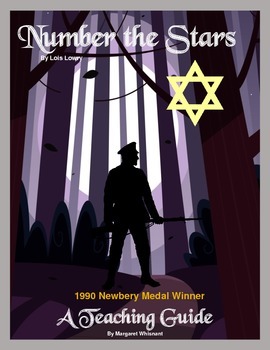


Annemarie is, after all, a Danish Christian citizen in good standing, and her innocent viewpoint keeps us at too great a distance to see clearly either the scale of the evil or the magnitude of the courage from which this story springs.

The German occupation seems little more than an invasion of bad-tempered bores with no respect for the country they are occupying. Aimed at children aged 8 to 12, the story has a sort of homey quality to it that necessarily fights with the historical facts until the very end. What the book fails to offer is any sense of the horror that is the alternative if the Johansens' efforts to save Ellen and her family fail. Some of the details in ''Number the Stars'' are very telling: the Germans' brutal search for hidden Jews, the ruse of a ''funeral'' to explain why so many people have gathered at Uncle Henrik's house, the handkerchief treated with rabbit's blood and cocaine to put the guard dogs off their scent, the mutual pride between good King Christian and his people during this worst of times. They go on ''holiday'' to Uncle Henrik, who has a fishing boat and will bring the Rosens, and many other Jews, to safety. At the news of the Germans' planned onslaught, the Johansens take Ellen in and pretend she is Annemarie's sister. ''Number the Stars,'' by the American popular-fiction writer Lois Lowry, author of the ''Anastasia Krupnik'' series, tells it from the point of view of a 10-year-old Christian, Annemarie Johansen, whose best friend, Ellen Rosen, is Jewish. But in a matter of a few days, a few hours, in fact, the Danish resistance, with extraordinary cooperation from the general population and even the Danish police, managed to arrange a few private pleasure boats, some cargo ships and a great many fishing vessels to spirit 7,000 Jews to safety. 1, put onto transport vessels and taken to their almost certain death, no one was prepared.

29 that the Jews were, after all, to be rounded up by Oct. Denmark had made tolerance of its 8,000 Jewish citizens a condition for not resisting coexistence with its German invaders and, bemused, the Germans seemed more or less to have agreed. Two novels this spring concern themselves with a single small corner brightening the general darkness of the Holocaust: the remarkable rescue of Jews from Nazi-occupied Denmark to neutral Sweden in the fall of 1943.


 0 kommentar(er)
0 kommentar(er)
